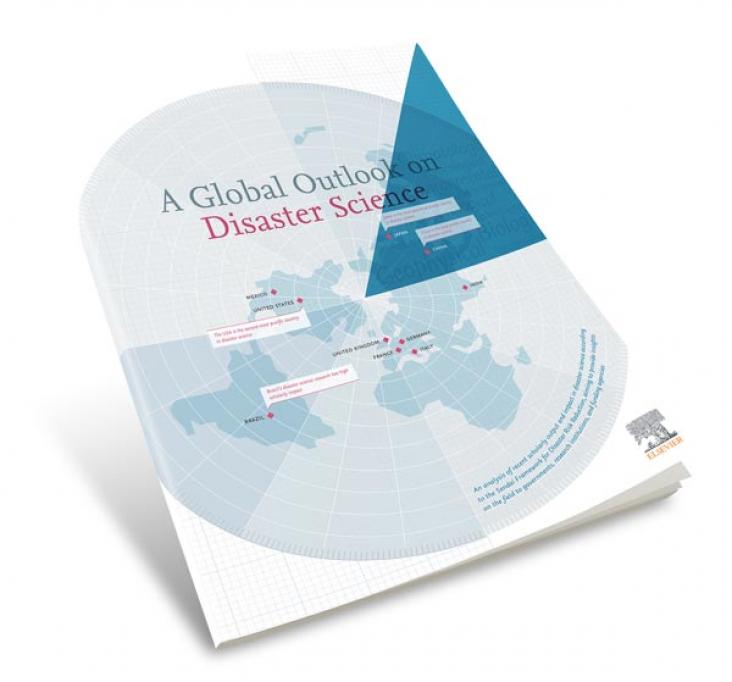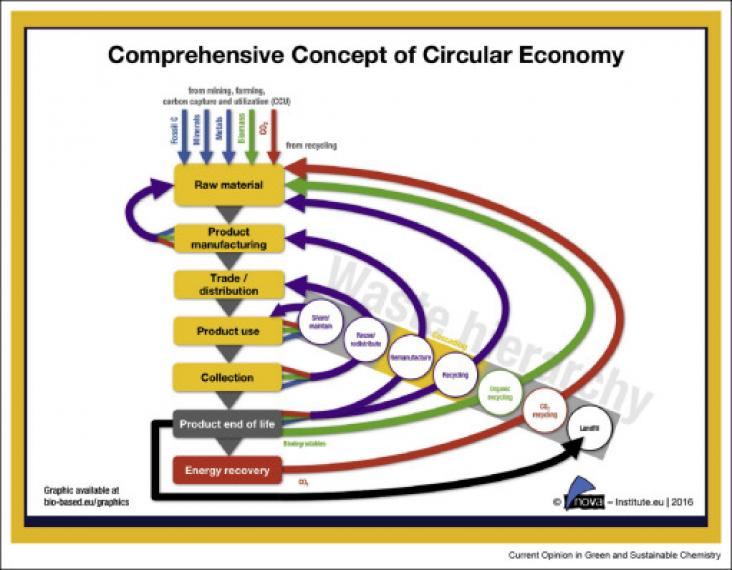Corrosion inhibition performance of an environmentally friendly compound, 8-hydroxyquinoline (8-HQ), on X60 steel was investigated in 15% hydrochloric acid (HCl), which simulate oil well acidizing env
The replacement of the fossil resources historically employed for chemicals’ production is of major scientific interest the last decades, as a result of the environmental issues arisen and the price v
Global sustainability problems pose serious challenges for humanity. In handling these problems education for sustainable development (ESD) is seen as important.

Despite loss of life and economic devastation worldwide due to increasingly frequent natural and man-made disasters, scientific research on disasters represents a small percentage of scholarly output. Furthermore, countries with the highest death tolls from disasters tend to be low-income countries and have low-levels of scholarly output overall and in disaster science; countries with higher research output overall, as well as in disaster science, tend to be high-income countries and sustain the greatest economic losses from disasters. This report advances SDG 11 target 5, which is specifically concerned with disaster risk reduction.
Ecological infrastructure (EI) refers to ecosystems that deliver services to society, functioning as a nature-based equivalent of, or complement to, built infrastructure.
Urban areas account for 70% of carbon emissions, and are likely to be the locus of attention to reduce future emissions in developing countries.
This chapter advances SDGs 3 and 11 by identifying strategies for improving the design and sustainability of built environments. Resilience and sustainability are viewed at different scales as they apply to buildings, neighborhoods, communities, regional, and global ecosystems.
This chapter advances SDGs 3 and 11 by addressing the challenges of promoting personal and population health from the different vantage points of biomedical, biopsychosocial, and social ecological models.
Background Urban transport related exposures and practices are associated with a significant burden of morbidity and premature mortality, which could be prevented by changing current practices.

